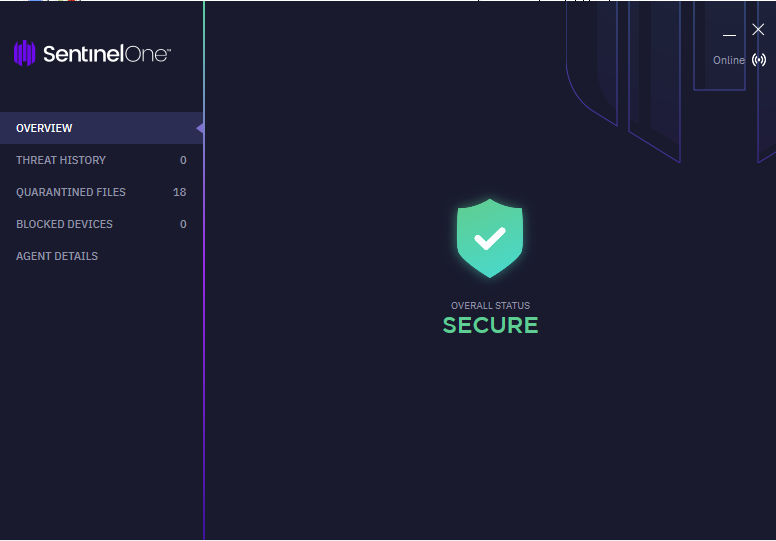Endpoint Detection and Response (EDR)
What is Endpoint Detection and Response (EDR)?
Is your company's data secure?
Most threats to a company enter via employees. For instance, emails are frequently forwarded from one employee to another. The person that the email was forwarded to would see a trusted sender (their co-worker), and not think twice about opening an attachment from them. This becomes an issue when the sender includes the attachment that unknowingly contains malicious content. EDR can help mitigate these threats by automating quick threat containment, as well as "kill," quarantine, and remediation actions which means that the threat can be removed without it infecting your network and before it has the chance to infect the Endpoint.

Security threats have evolved – so should your protection!
If you’re using legacy solutions, like traditional antivirus (AV), you’re at higher risk of severe business disruption than if your business is using EDR. While AV and EDR are both designed to protect against endpoint threats, they offer different levels of protection and automation, which impact threat response speed. According to industry surveys and security experts experience, the average time spent on manual remediation after an AV solution catches a threat is 3.5 hours. In contrast, the quality of analytical data and telemetry recorded by EDR paired with its automated remediation and additional features can reduce that time to resolution to less than 30 minutes, sometimes even as low as five minutes.
EDR
Managed Antivirus
Policy to contain threats by disconnecting from the network
Yes
No
Prevents and detects a broader range of threats in near real time
Yes
No
Resource usage
Low
Moderate
Stop Fileless attacks
Yes
No
Stops unknown (zero-day) threats
Yes
No


